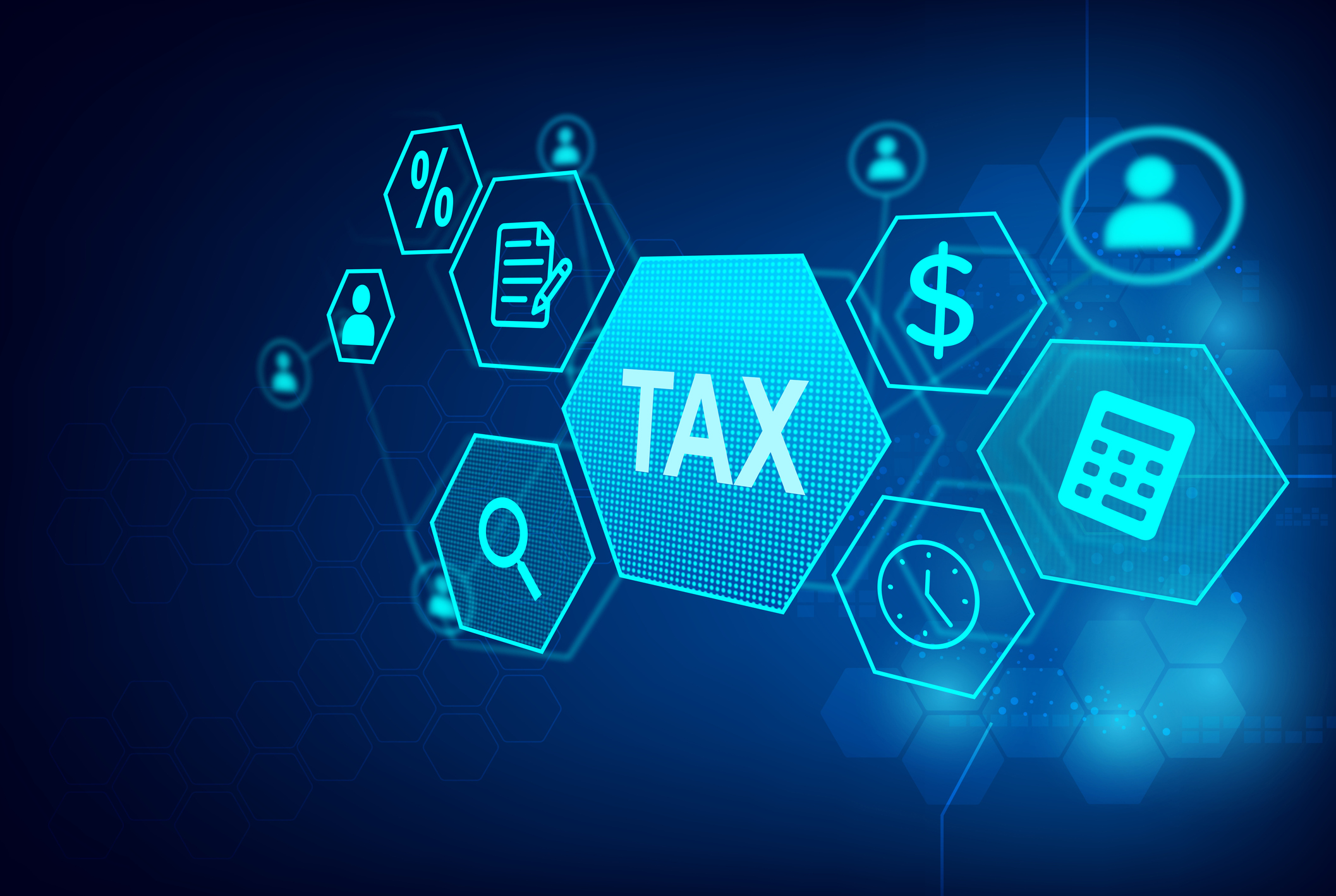U.S. Treasury's AI is Catching Tax Cheats and Saving Billions
Artificial intelligence is helping the Treasury Department reclaim billions in tax funds. Find out what this could mean for you.


The U.S. Treasury Department is harnessing AI to combat taxpayer fraud, successfully recovering $4 billion in fraudulent and improper payments. This success is primarily due to advanced machine learning (ML) techniques that analyze data to identify tax non-compliance.
In a recent release, the Treasury emphasized its commitment and noted plans to equip other federal agencies with AI tools, data, and expertise to combat improper payments and fraud.
“Treasury takes seriously our responsibility to serve as effective stewards of taxpayer money. Helping ensure that agencies pay the right person, in the right amount, at the right time is central to our efforts,” Deputy Secretary of the Treasury Wally Adeyemo said.
From just $107.88 $24.99 for Kiplinger Personal Finance
Be a smarter, better informed investor.

Sign up for Kiplinger’s Free Newsletters
Profit and prosper with the best of expert advice on investing, taxes, retirement, personal finance and more - straight to your e-mail.
Profit and prosper with the best of expert advice - straight to your e-mail.
As reported by Kiplinger, the IRS has also used AI during tax season for high-earner audits and automated chatbot services.
While these advancements could improve efficiency and recover more tax dollars, they may also lead to increased audit risk for some taxpayers. Here's more of what you need to know.
Treasury prevents and detects fraud through AI
One way Treasury has cracked down on financial crime is through machine learning (ML). ML uses algorithms and statistical models to find patterns in datasets.
In the last year alone, the Department says ML has prevented $1 billion in check fraud.
This is big news since online payment fraud may break $362 billion by 2028. Treasury reports it “disburses approximately 1.4 billion payments valued at over $6.9 trillion to more than 100 million people annually.”
Presumably, all applicants for those payments meet proper requirements. But with fraud losses on the rise, AI could help save billions in future improper payments.
Other applications of computerized intelligence have helped mitigate Treasury fraud in the following ways:
- $2.5 billion was saved through the identification of high-risk transactions
- $500 million saved via expansion of “risk-based screening”
- $180 million saved by the implementation of more efficient payment processing
IRS and SSA benefits: How the government uses AI
The tax gap represents the difference between tax paid and tax owed. Closing that gap means shifting the tax burden back to those who don’t pay their taxes.
To help mitigate this difference, the IRS is now using AI to audit individuals and supply taxpayer services.
Additional efforts to help close the tax gap include:
- Providing automated customer service (chatbots) to taxpayers to answer more questions more timely
- Hauling back $1.3 billion from high-income earners through audits
- Recovering $13.2 billion in unreported gambling winnings
The estimated tax liability increased slightly compared to a few years ago. But that increase was likely due to economic growth rather than a reduction in compliance. A recent IRS estimate of the tax gap is $696 billion and, according to the tax agency, is expected to drop by $90 billion through enforcement efforts.
Plus, the federal government is exploring other uses for computerized intelligence.
For example, AI is helping the Social Security Administration (SSA) make faster determinations for disability benefits by identifying qualifying medical evidence.
While the SSA hasn’t yet provided estimates for taxpayer dollars saved, the agency has stated it will uphold legal, privacy, and ethical considerations as part of its AI compliance plan going forward.
Related Content
- Red Flags for an IRS Audit
- ERC Lawsuits Pile Up Against the IRS
- Is the IRS on TikTok? Tax Scams You Should Know
Profit and prosper with the best of Kiplinger's advice on investing, taxes, retirement, personal finance and much more. Delivered daily. Enter your email in the box and click Sign Me Up.

Kate is a CPA with experience in audit and technology. As a Tax Writer at Kiplinger, Kate believes that tax and finance news should meet people where they are today, across cultural, educational, and disciplinary backgrounds.
-
 What You Learn Becoming Your Mother's Financial Caregiver
What You Learn Becoming Your Mother's Financial CaregiverWriter and certified financial planner Beth Pinsker talks to Kiplinger about caring for her mother and her new book.
-
 I want to help pay for my grandkids' college. Should I make a lump-sum 529 plan contribution or spread funds out evenly through the years?
I want to help pay for my grandkids' college. Should I make a lump-sum 529 plan contribution or spread funds out evenly through the years?We asked a college savings professional and a financial planning expert for their advice.
-
 The Original Property Tax Hack: Avoiding The ‘Window Tax’
The Original Property Tax Hack: Avoiding The ‘Window Tax’Property Taxes Here’s how homeowners can challenge their home assessment and potentially reduce their property taxes — with a little lesson from history.
-
 Social Security Tax Limit Rises Again: Who Pays More in 2026?
Social Security Tax Limit Rises Again: Who Pays More in 2026?Payroll Taxes The Social Security Administration has announced significant changes affecting millions as we approach a new year.
-
 Three Critical Tax Changes Could Boost Your Paycheck in 2026
Three Critical Tax Changes Could Boost Your Paycheck in 2026Tax Tips The IRS predicts these tax breaks may change take-home pay in 2026. Will you get over $1,000 in tax savings?
-
 Trump’s 2025 Tax Bill: What’s Changing and How It Affects Your Taxes
Trump’s 2025 Tax Bill: What’s Changing and How It Affects Your TaxesTax Law From standard deduction amounts to tax brackets and Medicaid cuts, here’s what individual filers need to know about tax changes in Trump's so called "big beautiful bill."
-
 RMDs, Roth, and SS: Test Your Knowledge of Retirement Tax Rules
RMDs, Roth, and SS: Test Your Knowledge of Retirement Tax RulesQuiz Don't let the IRS catch you off guard. Take our quiz to reveal common retirement tax rules that could save (or cost) you thousands.
-
 What’s the New 2026 Estate Tax Exemption Amount?
What’s the New 2026 Estate Tax Exemption Amount?Estate Tax The IRS just increased the exemption as we enter into a promising tax year for estates and inheritances.
-
 IRS Updates 2026 Tax Deduction for People Age 65 and Older
IRS Updates 2026 Tax Deduction for People Age 65 and OlderTax Changes Adjustments to the extra standard deduction can impact the tax bills of millions of older adults. Here are some new amounts to know for 2026.
-
 IRS Reveals New 2026 Child Tax Credit and other Family Credit Amounts
IRS Reveals New 2026 Child Tax Credit and other Family Credit AmountsTax Credits Key family tax breaks are higher for 2026, including the Earned Income Tax Credit and the Adoption Credit. Here's what they're worth.